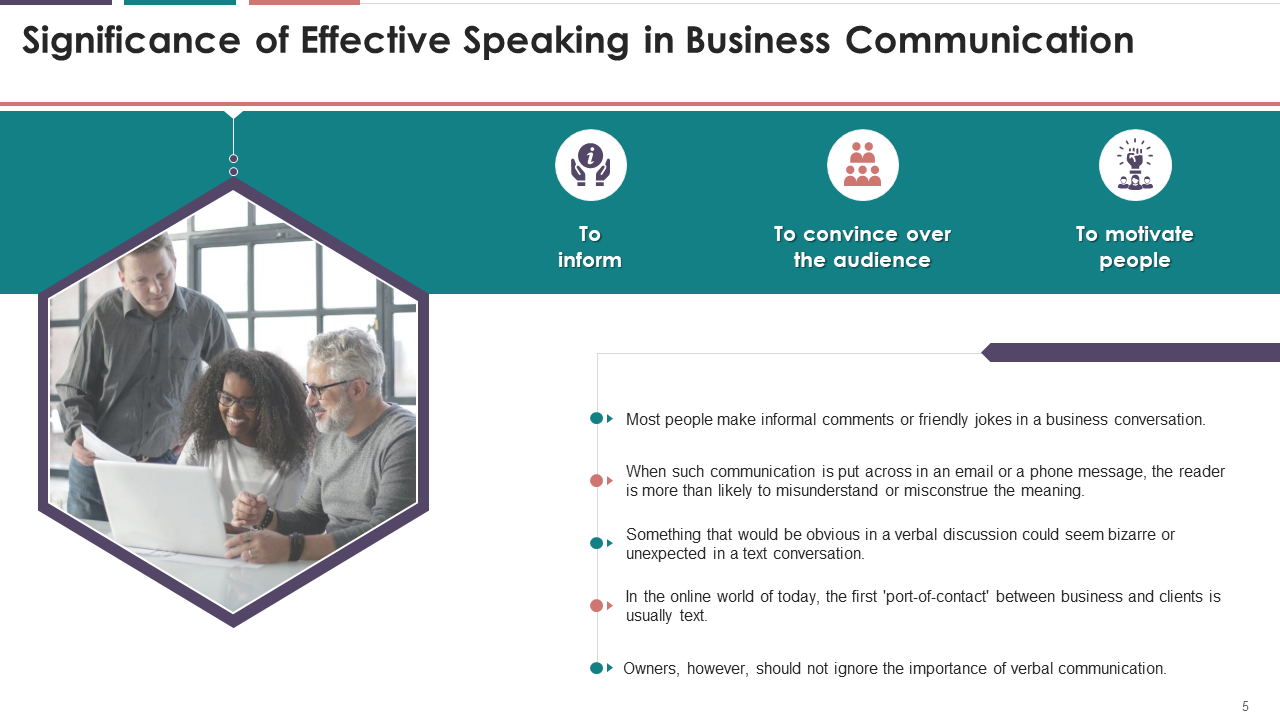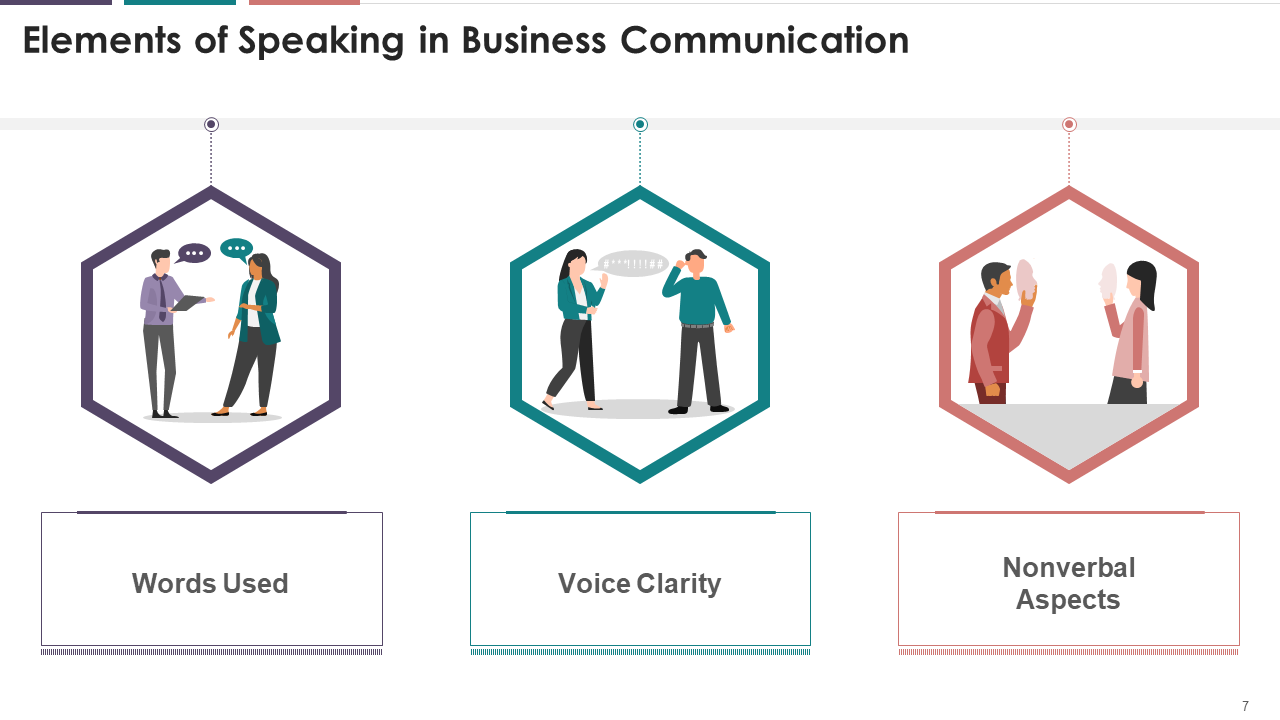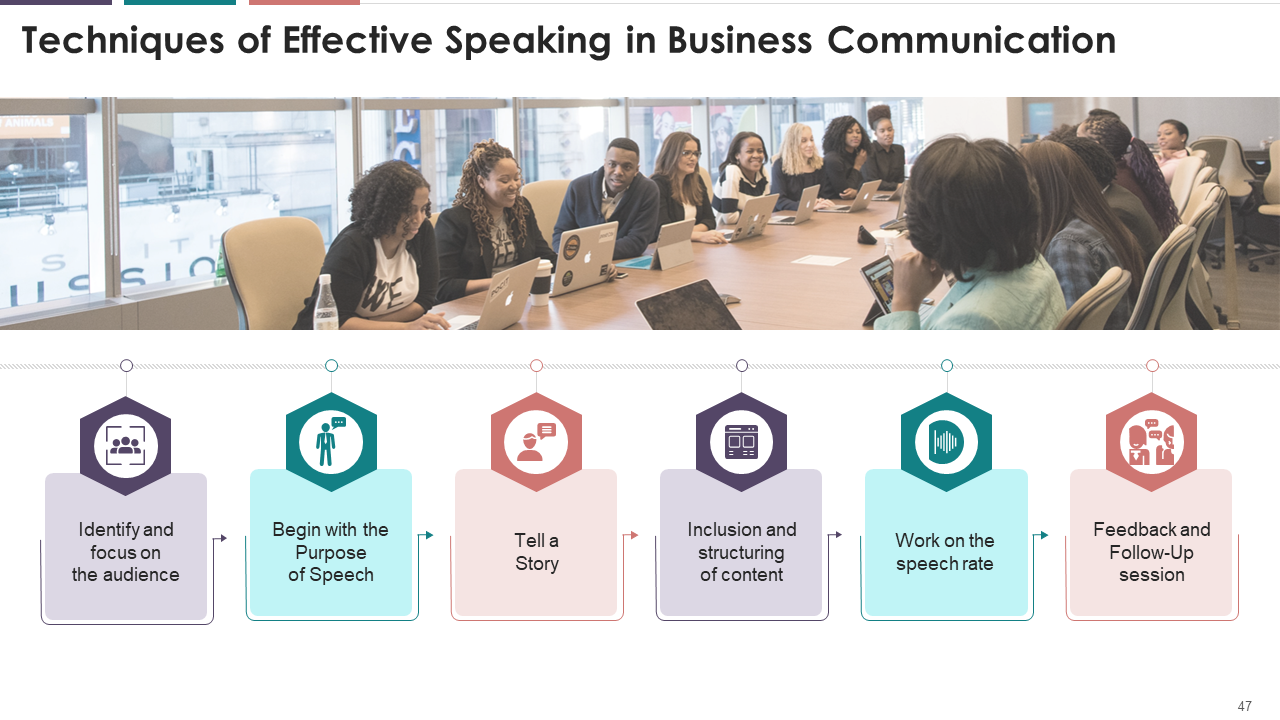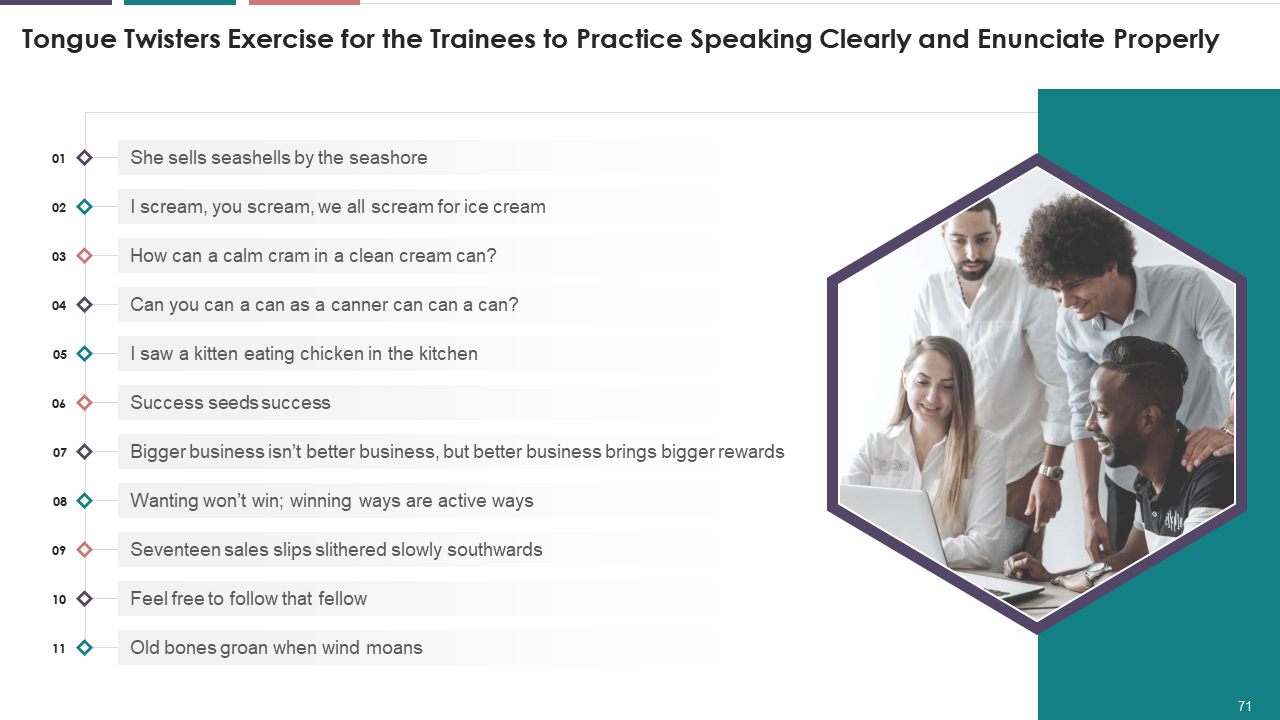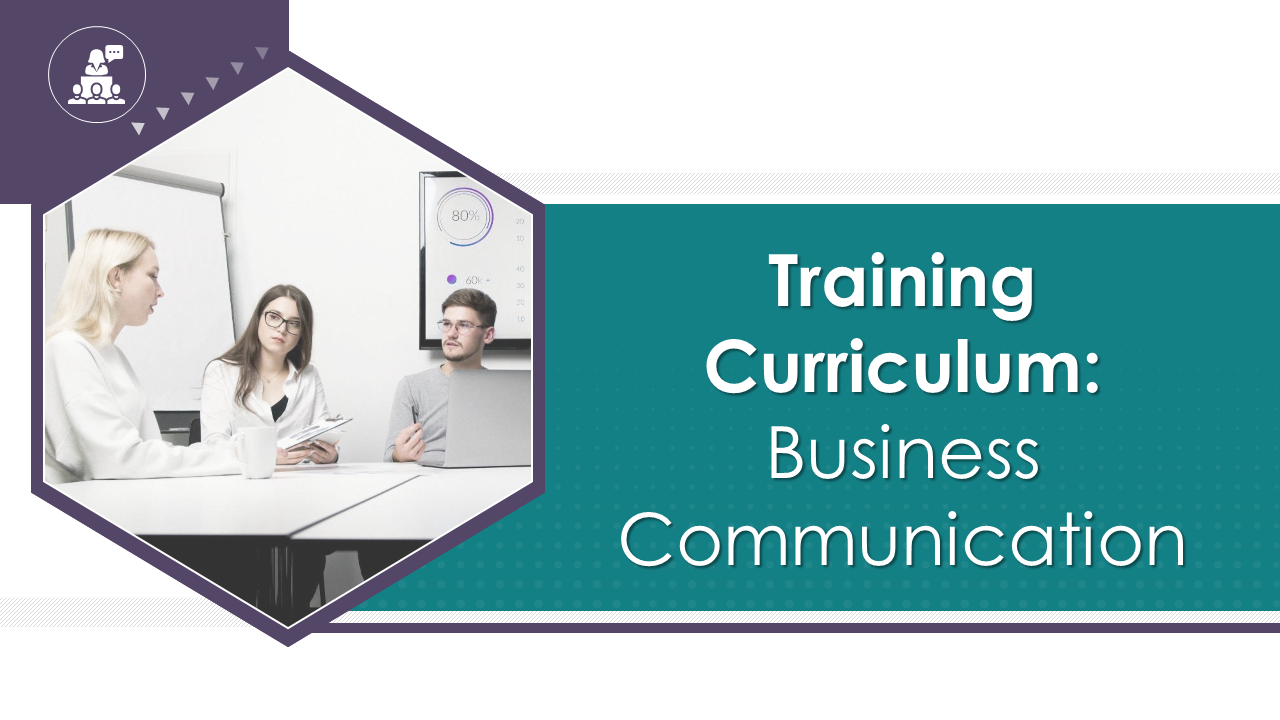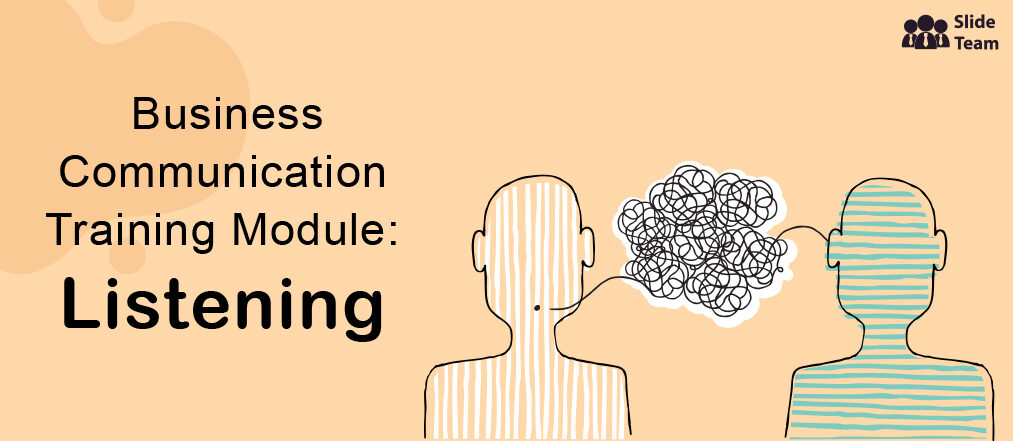“What’s keeping you busy today?,” asks your boss. The professional tone of these five words compels the listener to answer in a positive, direct tone.
Compare this question to “What have you done today?”. Both questions convey the same message, but get dramatically different responses, as you may well imagine. Speaking then becomes a key art and science when used as a tool of business communication ato get the desired results.
In this blog, we will share how you can also become effective speakers to ensure three things:
- Your words are task-oriented and leave no room for ambiguity; in this module, you will learn that this can be done in a pleasant way and without the need to raise your voice.
- Prevent conflicts at the workplace through to-the-point conversations and weighing your words before putting these out in the public domain.
- Learn about the way your body language speaks, and can completely contradict your spoken words. Remember that in case of such a scenario, communication will happen based on your nonverbal cues. This will be explored in my next blog in this series of articles on business communication.
So You Think You Can Talk?
“Well, I know how to TALK!”. This sentiment dominates your trainees’ thoughts as they wonder about what will training on SPEAKING do for them.
What does speaking signify in the context of a business, and what is its importance? We answer these questions in these slides to improve speaking skills and build a solid foundation.
Click here to get access to our training module
Our Comprehensive Training Module on Speaking in Business Communication brings you the knowledge and resources you need to hone spoken communication among your employees, senior managers, and others. Remember, speaking in a business context is a skill that needs conscious, mindful work.
Elements of Speaking
With a new understanding of Speaking in a business environment, we begin dissecting the elements of speech. Trainees learn the components that makes speaking a joy to both the speaker and the listener.
Which words and nonverbal practices lend a positive tone to your speech, and which ones leave a negative impression on the audience? This section aims to teach trainees how to speak clearly, concisely, and positively.
Click here to get access to our training module
We end this session with an introspective exercise and introduce trainees to the four types of speech and the nature of their classification on the basis of the purpose served.
Components of Speaking
At this stage, trainees are familiarized with the opportunities where speaking serves as a key asset in their professional life. Such opportunities are presentations, public speaking, and meetings.
In our comprehensive course, we discuss each of the four in detail and see how each is different and similar. The aim is to make you the complete, confident speaker that you long for and deserve to become.
Click here to get access to our training module
Of these variations, public speaking is the hardest. We employ a group activity to improve this skill by providing a safe environment to ensure trainees can get rid of their stage fright.
Click here to get access to our training module
We end with an activity to improve public speaking. This time, we use feedback as the key tool.
Techniques of Effective Speaking
Effective Speaking is essential to maintain a positive work environment. Let’s learn the techniques to implement that will achieve this for us.
In this part of the module, we go through methods to turn your trainees into orators. We learn how to focus on the audience and involve them in our speech, how to frame our talk, and more.
Download our training module to implement these techniques in your company.
Click here to get access to our training module
We close this section with Chinese whispers, aka the telephone game, a fun way to test out your speaking skills.
Generating a Positive Approach to Work Through Speaking
Starting with the PVLEGS (that starts with pose and ends with Speed) framework, the trainer will coach the trainees in making a call to clients in this module. Scheduling the call, preparations before making it, and closing it cordially are just some examples of what you can take away from these slides. Remember, speaking on the phone is also a key etiquette that makes a significant difference to your standing at the workplace. Often, employees take phone calls as a diversion from work; this is simply not true in today’s hyper-connected world.
Click here to get access to our training module
The trainee can close this module with an encouragement to trainees to choose a person they trust who will monitor their speaking and help them make corrections.
In the next smallish module, we introduce barriers to communication that hinder speech. They may be external, internal, nonverbal, etc. Trainees must learn to recognize these barriers and practice how to customize a workaround for each of these.
Tongue Twisters
Say them once, say them twice, and say them five times, fast! Have fun with tongue twisters to understand the tricky parts of speaking with a nostalgic activity from your childhood.
Click here to get access to our training module
Swan Song
As the training comes near its end game, we wind up things with a recap of the things learnt. The trainer is encouraged to open the floor to discuss common questions and concerns of your trainees.
Click here to get access to our training module
Once everyone has expressed their concerns and cleared their queries, finish with a flourish. Evaluate the training’s effectiveness with the circulation of a form with three to four questions that seek trainees’ responses on aspects of the training they liked and things that they feel could do with a bit of improvement.
Gain access to our full Comprehensive Training Curriculum On Business Communication by clicking here.
Click here to get access to our training module
FAQs on Speaking in Business Communication
Why is speaking important in business communication?
Speaking is important in business communication as it allows you to:
- Share information quickly and effectively. When you speak, you can convey your message more clearly than if you were to write it out. This is critical when conveying complicated or technical information.
- Build relationships with others. When you speak, you can connect with others on a more personal level. This can help build trust and rapport, which are essential in any business relationship.
- Express your personality and make a good impression. When you communicate well, you come across as confident and competent, which can help you win clients and customers.
How do you speak in a business setting?
There are a few things to keep in mind when speaking in a business setting:
- Use formal language. Avoid using slang or colloquial terms.
- Be clear and concise. Get to the point quickly and avoid rambling.
- Be polite and respectful. Avoid being confrontational or argumentative.
- Speak at a conversational volume. Avoid speaking too loudly or too softly.
- Make eye contact. This shows that you are engaged in the conversation.
- Use facial expressions and gestures. This can help to convey your message in a more accurate and effective manner.
How is public speaking used in business?
When used effectively, public speaking can be a powerful tool in business. It can help build relationships, promote products or services, and deliver information in a clear and persuasive way. Public speaking can also be used to train employees or to deliver a keynote speech at a conference.
When planning a business presentation, it is important to consider the audience, the purpose of the presentation, and the desired outcome. By taking the time to prepare and practice, you can deliver a successful, goal-achieving business presentation.
How can I speak better professionally?
One of the best ways to improve your professional speaking skills is to practice in front of a mirror. This will help you become more aware of your body language and expressions and allow you to make necessary adjustments. Additionally, try recording yourself so that you can listen back and assess your delivery, pitch, and emotion.
It’s also important to be clear and concise in the workplace. This means using simple language and avoiding filler words like “um” or “like.” Instead, take a pause if you need to gather your thoughts.
Finally, be sure to make eye contact with your audience. If you are serious and want to create an impact, learn the technique puppeteers use to project their voices to every corner of a large hall. This is known as ventriloquism.
What are the seven sins of public speaking?
Following are the seven grave sins of public speaking:
- Avoid gossip at all costs.
- Make sure your tone is always positive.
- Be authentic in what you say. Avoid exaggeration like the plague.
- Speak purposefully and not to arouse an emotional reaction.
- Avoid guessing, and learn to say “I don’t know” in a respectful tone.
- Don’t fall into the trap of sounding more knowledgeable than you are.
- Do not underestimate the importance of practice in public speaking. Once you reach a minimum threshold of practice, it comes naturally, much like driving a car.


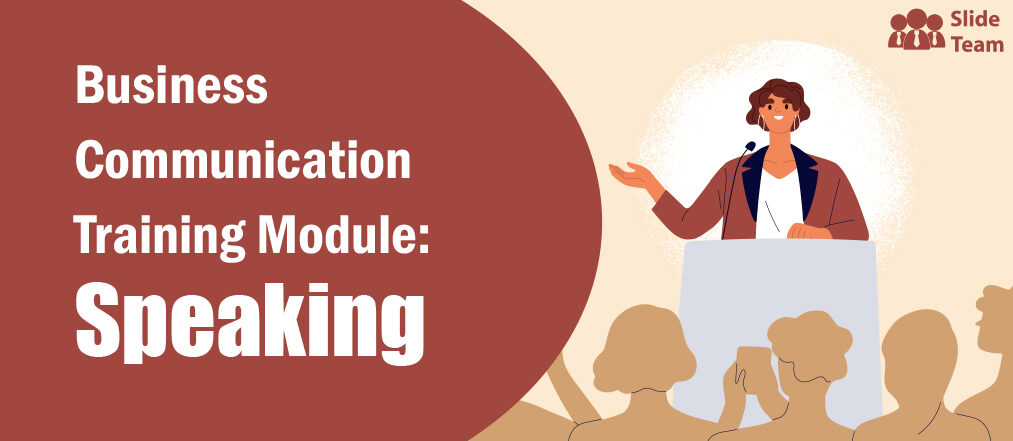


 Customer Reviews
Customer Reviews

